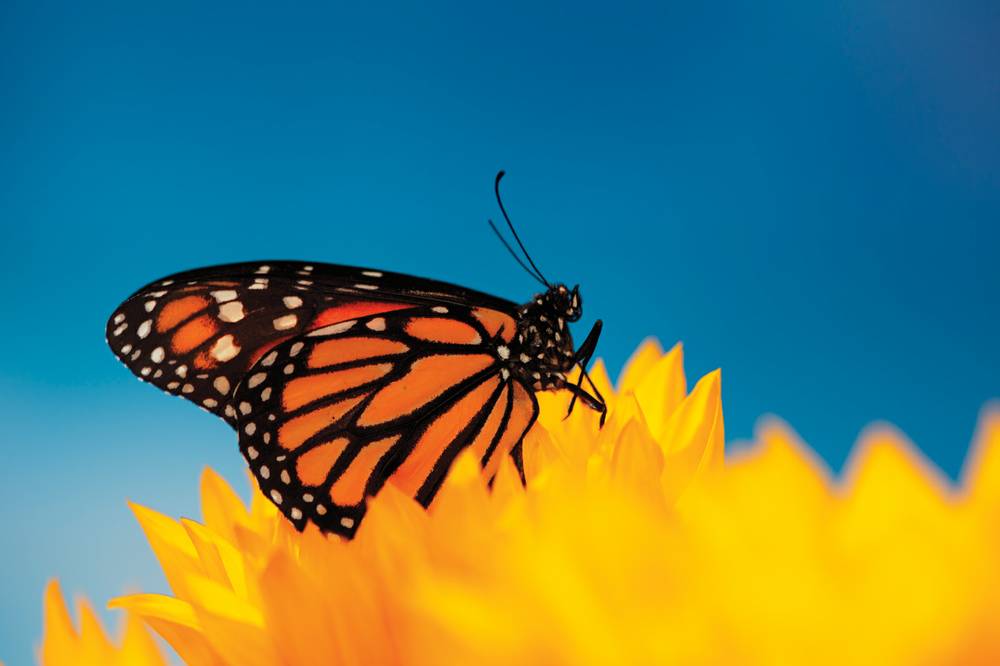Much has been made of the decline in the monarch butterfly population. Between community rescue programs and the White House push to create the 1,500-mile butterfly highway, it seems the insects have an ally in humans—setting aside that our development and pesticides led to their decline.
Whether a great apology or just an attempt to ensure the pollinators serve their purpose in the ecosystem, more focus on the invaluable milkweed (the only plant monarchs will lay their eggs on) has kicked in. So when Anne Marie Lardeau, master gardener with the University of Nevada Cooperative Extension, learned that the Monarch Watch organization had no seeds from Nevada’s native rush milkweed, she began the collection process, eventually sending them a cup of seeds from the extension’s 13 plants in the Demonstration Gardens.
A press release stated that Monarch Watch was “over the moon,” not too surprising given the rarity of rush milkweed. Lardeau says it’s difficult to find in the wild and also tough to transplant.
The drought-tolerant plant doesn’t like to have its taproot disturbed, making the specimens at the extension a specialty. But the seeds must be caught before they blow away. Lardeau missed it the first time. Now she has baggies attached to the pods with panty hose. The next batch goes to habitat restoration in Nevada. “I’m babying them,” she says, “watching them and brushing off the aphids if the ladybugs don’t do their job.”




